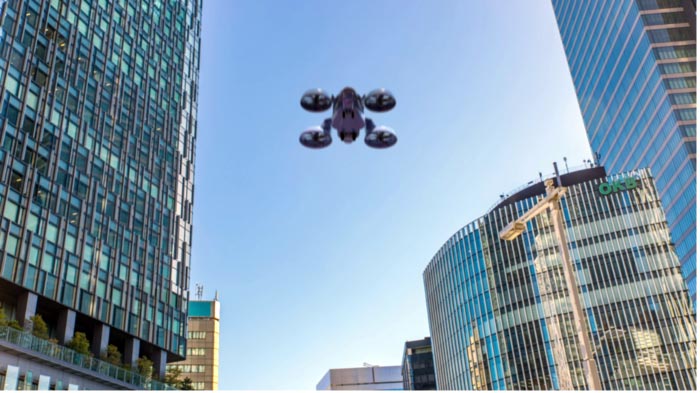
Traffic Noise From Flying Cars Linked to Increased Stress

Participants watched videos that simulated cars flying in Nagoya city with different noise levels.
Credit: Dr Susumu Hara

Participants watched videos that simulated cars flying in Nagoya city with different noise levels.
Credit: Dr Susumu Hara

Roadway-related incidents are a leading cause of flood fatalities nationwide, but limited flood-reporting tools make it difficult to evaluate road conditions in real time. Existing tools — traffic cameras, water-level sensors and even social media data — can provide observations of flooding, but they are often not primarily designed for sensing flood conditions on roads and do not work in conjunction. A network of sensors could improve situational flood level awareness; however, they are expensive to operate at scale. Engineers…

This winter, the SLF tested a new system to better assess the risk of avalanches to traffic routes. The results are promising and should allow roads and railroad lines to be closed for shorter periods of time in the future when conditions are tight. Early morning at the beginning of April in Davos: Pia Ruttner-Jansen swings down the ski slope at Brämabüel – then suddenly turns right into open terrain. But not for a descent in the finest powder, because…

A new study by Prof Dr Guy Fournier and his team shows pioneering developments in European mobility. Even the coronavirus pandemic could not stop this ambitious project. What began as ‘AVENUE’ (Autonomous Vehicles to Evolve to a New Urban Experience) has developed into a milestone for the future of European mobility. Guy Fournier and his team, together with numerous European partners, have presented a comprehensive report outlining the results of the AVENUE project and the transition to the follow-up project…

After creating the world’s first self-organizing drone flock, researchers at Eötvös Loránd University (ELTE), Budapest, Hungary have now also demonstrated the first large-scale autonomous drone traffic solution. This fascinating new system is capable of far more than what could be executed with human pilots. The staff of the Department of Biological Physics at Eötvös University has been working on group robotics and drone swarms since 2009. In 2014, they created the world’s first autonomous quadcopter flock consisting of at least…